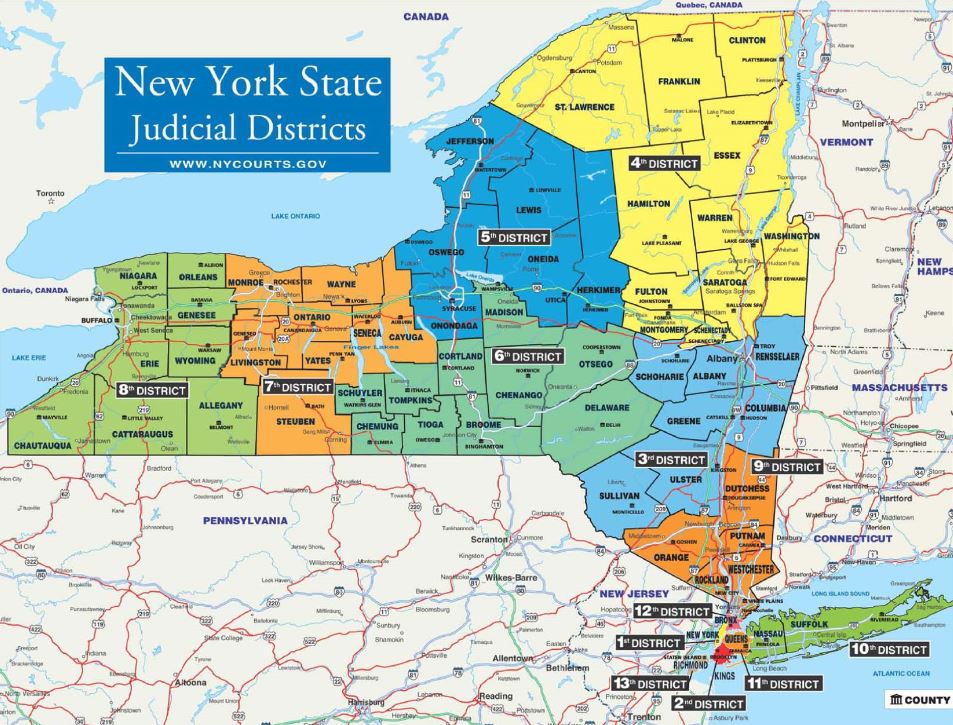Legal encyclopedias are a great place to begin finding background information and keywords on your topic. They are also helpful for identifying and translating common descriptions of cases into the legal language necessary for doing legal research. Look for case descriptions and citations numbers in each entry, and use this information to read the full cases in Lexis Advance, HeinOnline, or Google Scholar.
Law journals are a great place to begin finding background information on your topic and locating influential cases. They are also helpful in translating common descriptions of cases into the legal language necessary for doing legal research. Look for case descriptions and citation numbers in each article, and use this information to read full case descriptions in Google Scholar, HeinOnline, and LexisNexis.
WebCivil Supreme provides online access to information about cases in Civil Supreme Court in all 62 counties of New York State. In the eTrack case tracking service you can receive email updates and appearance reminders for Civil Supreme Court cases.
WebCivil Supreme is provided as a free public service by the New York State Unified Court System.
Nexis Uni (Formerly LexisNexis Academic Universe) provides access to full-text newspapers (U.S. and some international), news wires, transcripts, and trade journals.
Please clear your browser's cache and cookies before attempting to access this resource.
State cases are generally organized similarly to federal cases, but it varies based on the state. The lowest courts are the municipal or trial courts. Cases from those courts get appealed to state appellate courts. And cases from appellate courts are appealed to the state supreme court. State supreme court cases can be appealed to the U.S. Supreme Court.
Below is an example of how the New York State Court System is organized. Note that the supreme court in New York is called the Court of Appeals and its trial courts are called "supreme courts."

Click on the image credit below to see a larger display of the picture featured here, as well as a detailed explanation of New York State judicial departments and districts.
Image Credit: nycourts.gov
Federal cases are organized into 11 circuits depending on geography. Notice that New York is in the 2nd Circuit. Within each circuit are several district courts that serve as the trial courts of the federal system. The Circuit Courts of Appeal are the appellate courts of each circuit. Case law from each district only applies to that district. Case law from a circuit applies to that circuit. And the U.S. Supreme Court, as the final appellate court, makes case law for the entire U.S.
For more information on these circuits and their geographic boundaries visit the Court Role and Structure page on the United States Courts website. This page also provides a map showing how the federal courts are split into different circuits. The Federal Judicial Center also provides information on the federal judicial circuits and their origin in the United States federal government.
Knowing the exact nature of the case you seek is important to narrow your search. The table below details the different types of cases and where they are generally heard:
| Case Type | Location |
|---|---|
| Federal Criminal Case | Federal District Court |
| Federal Civil Case | Federal District Court |
| State Criminal Case | State Criminal Court |
| State Civil Case | State Civil Court |
A case can be either criminal or civil. Criminal cases involve actions that violate legislative statute. The parties to a criminal case will be the government, either state or federal, and the defendant, or the person accused of the crime.
Civil cases are cases between individual citizens or corporations. The parties to a civil case will be the plaintiffs, the ones bringing the lawsuit, and the defendants, the ones being sued.
Civil cases can also include class action lawsuits where several plaintiffs join together to bring a lawsuit against one (or a group) of defendants.
It is important to know the differences between cases because that will determine where you search for information regarding a particular type of case. Criminal cases are heard in criminal courts, and civil cases are heard in civil courts.
Just as cases can be civil or criminal, they can also be federal or state. Federal cases are based in federal law, and state cases are based in state law. Federal cases are heard in federal courts, which are organized by districts and circuits. State cases are heard by state courts, which are generally organized by levels from municipal courts to trial courts to appeals courts up to the state supreme court, though this system may vary. In New York, for instance, the trial courts are called "supreme courts" and the highest court is the "court of appeal."
Below is the lifecycle of a typical civil case, as detailed on the Ohio State University Office of Legal Affairs website:
Filing of a Complaint → Answering the Complaint → Discovery Stage → Motion Stage → Settlement/Mediation → Trial → Appeal
Cases start in the trial court. The party that loses can then appeal to the appellate court. The party that loses in the appeals court can then appeal again to the supreme court. Decisions from a state supreme court can be appealed to the U.S. Supreme Court. Decisions from the U.S. Supreme Court are final and become the law of the land.